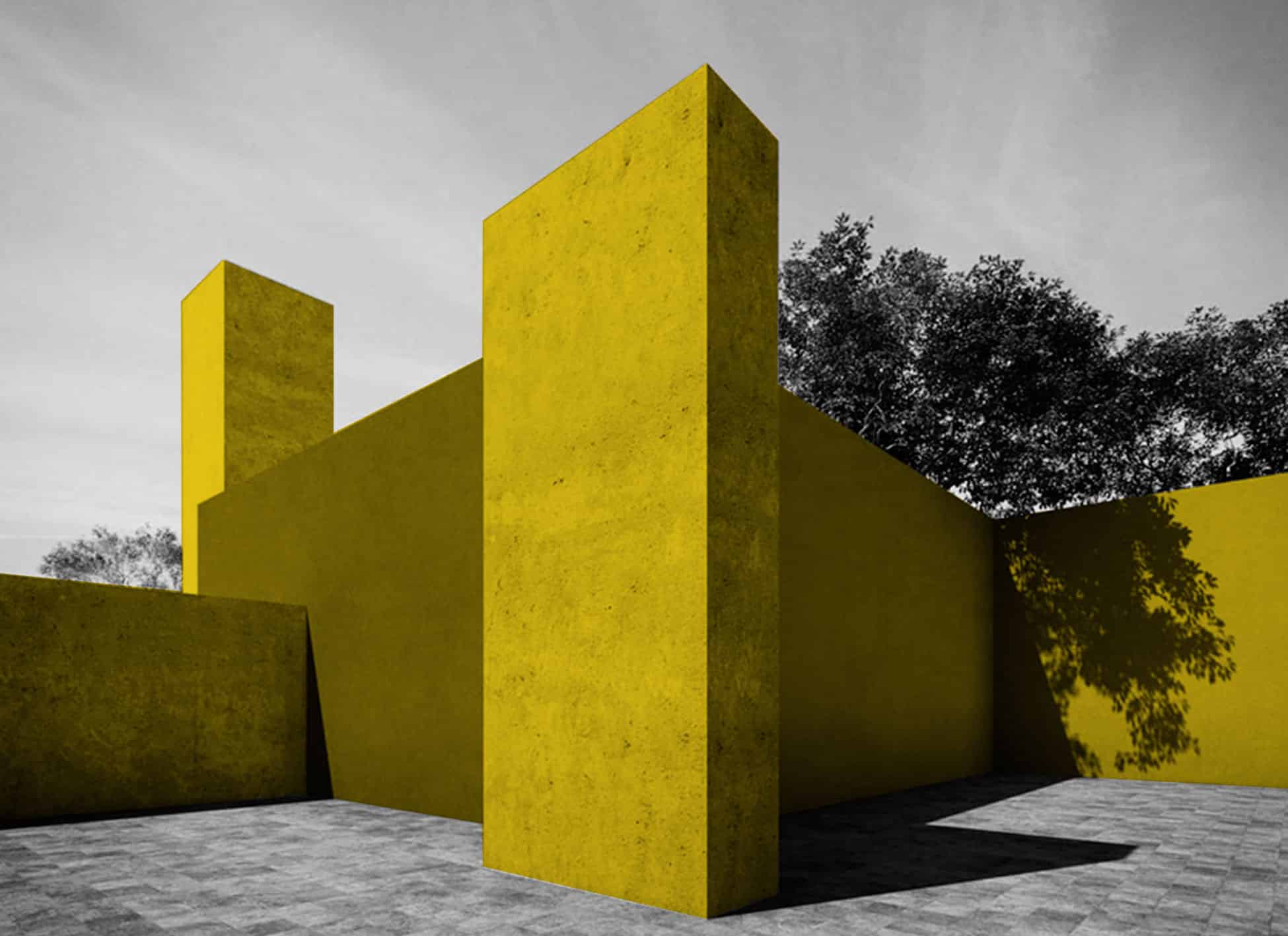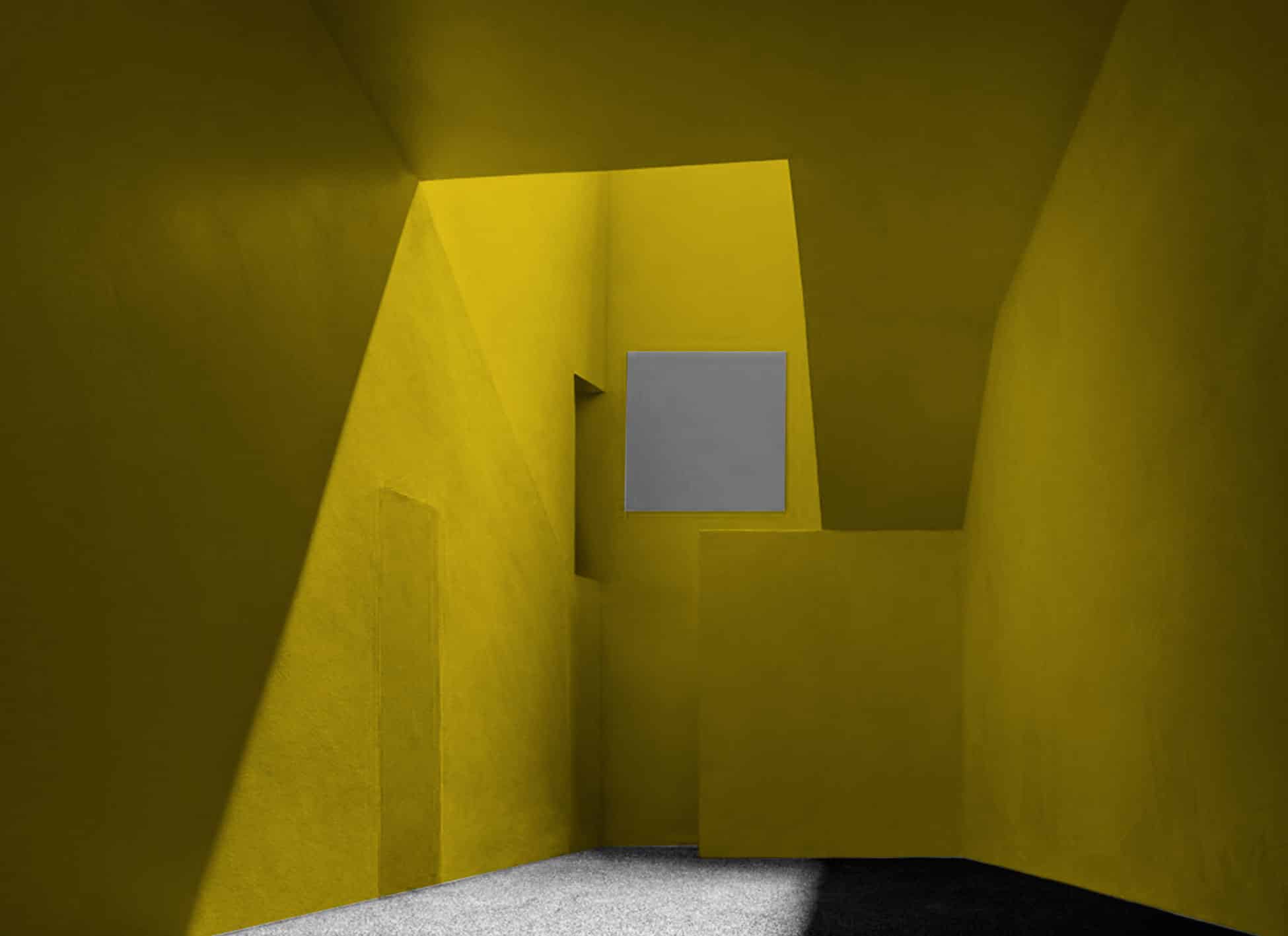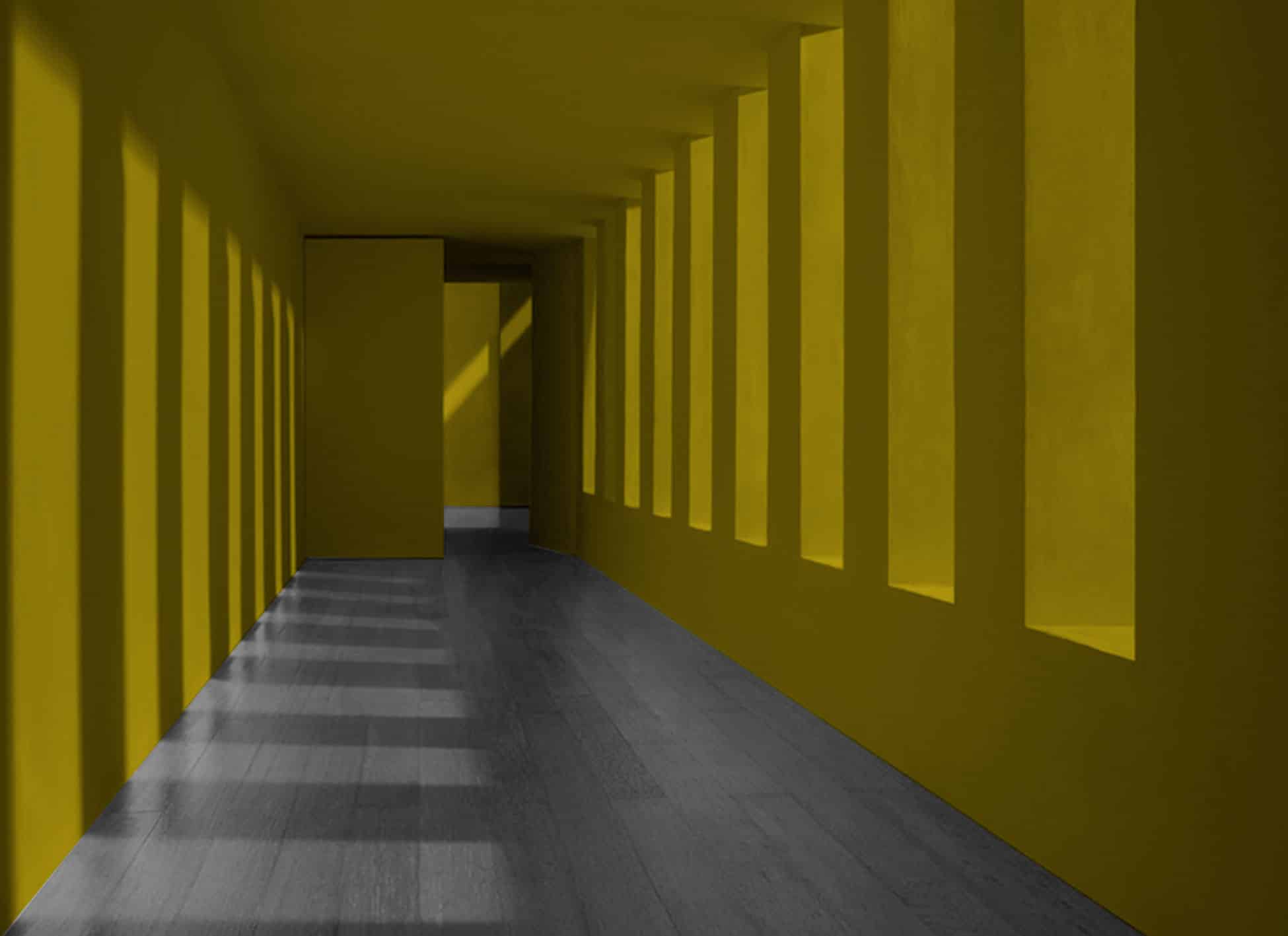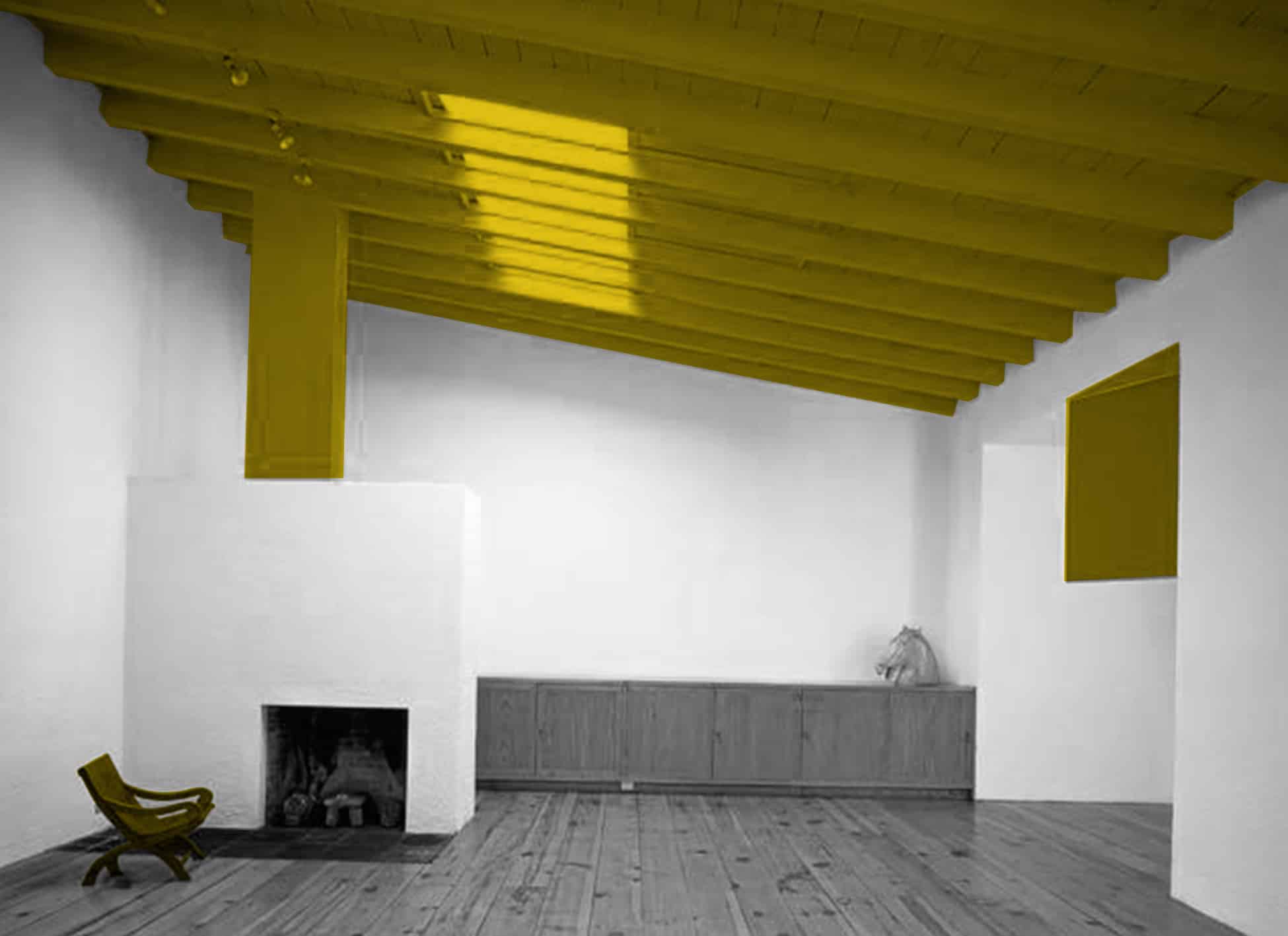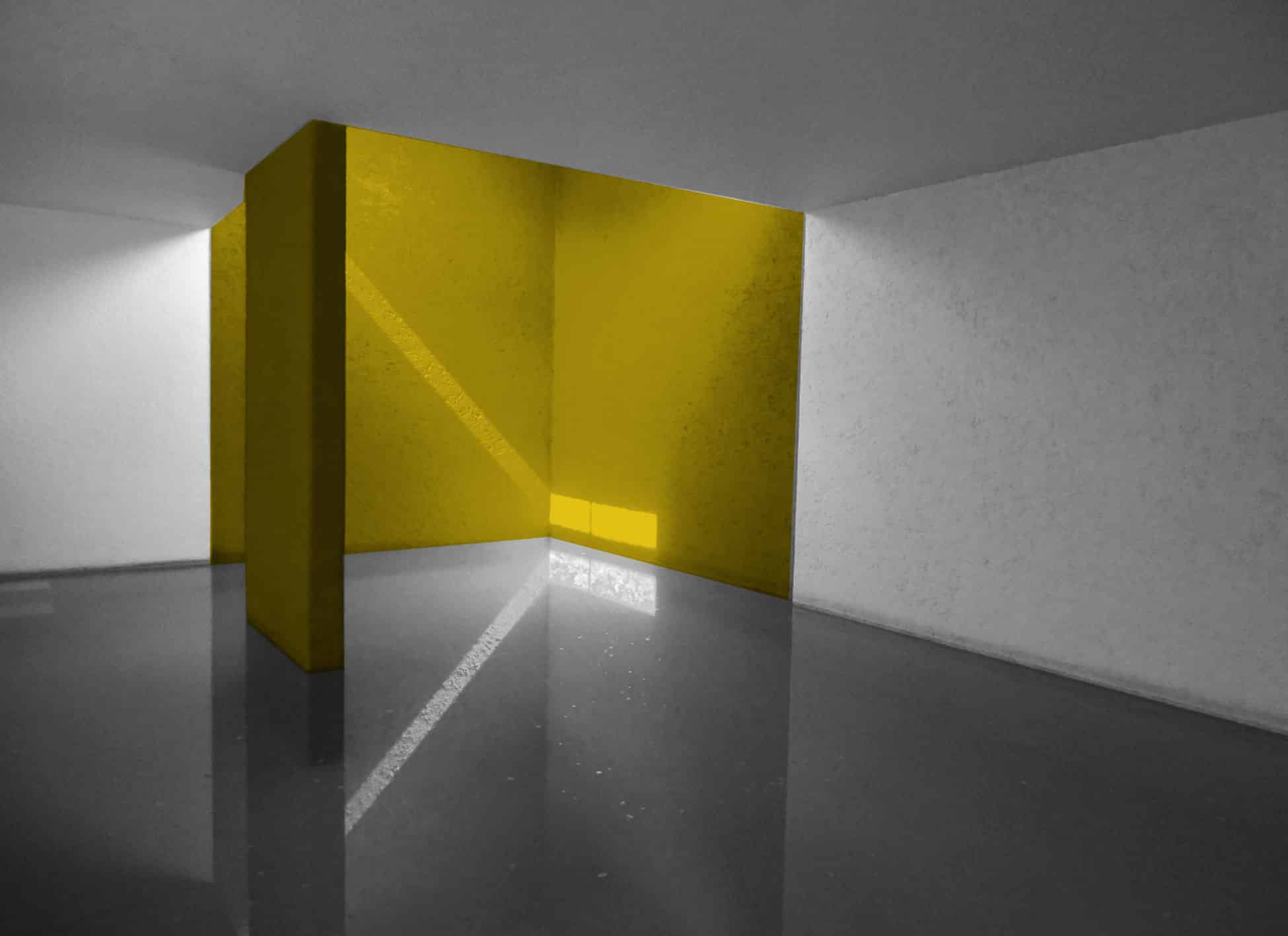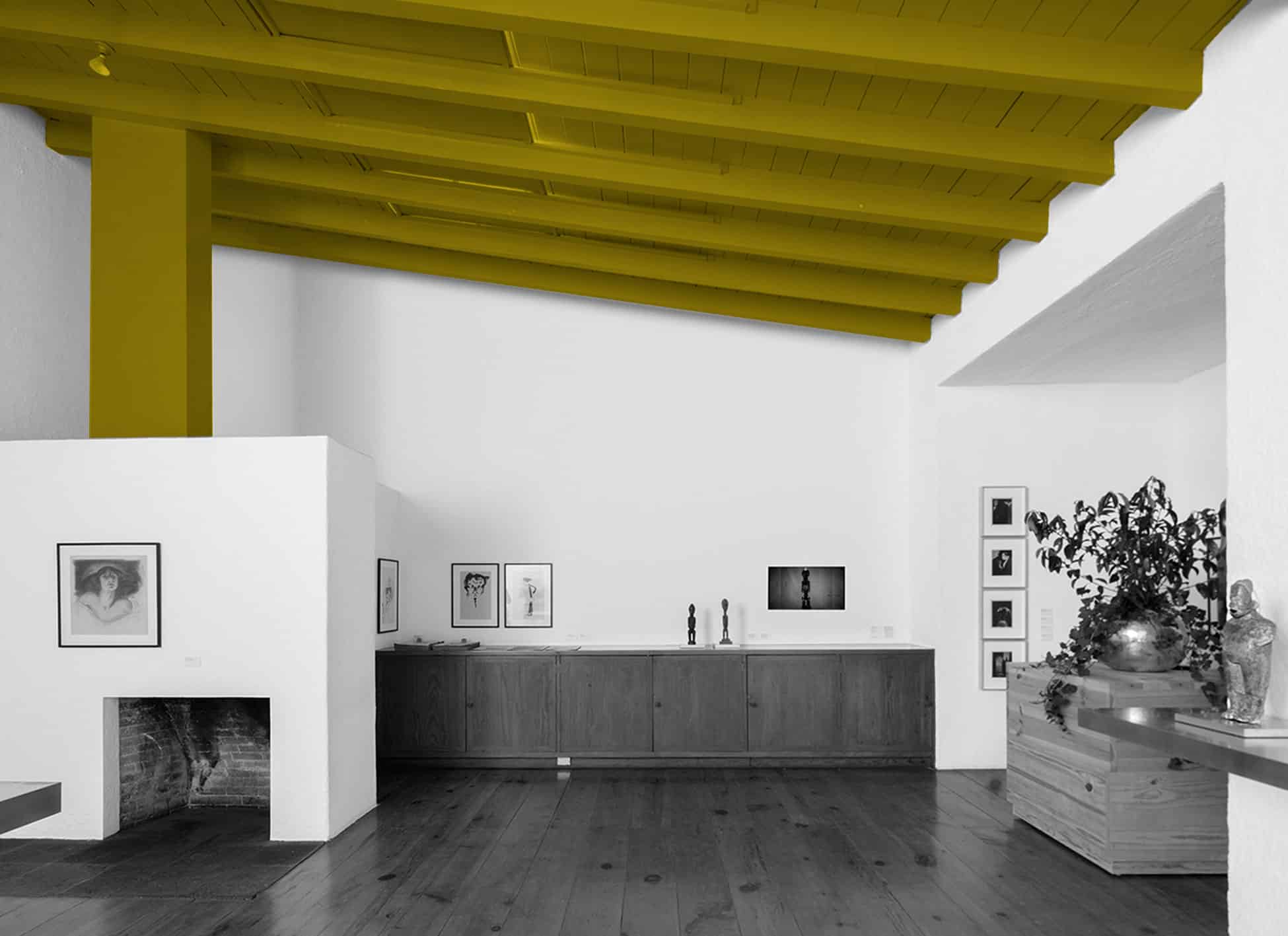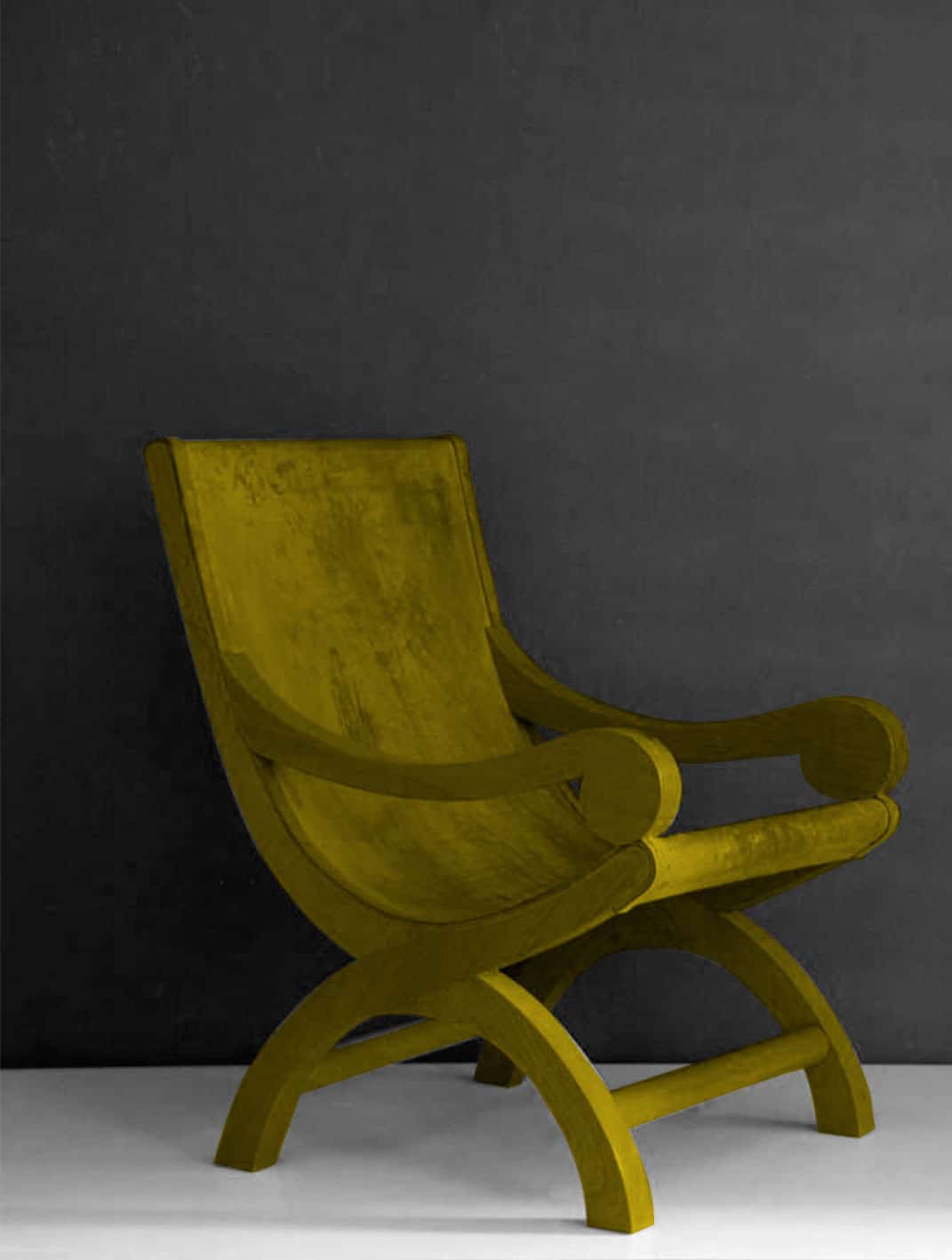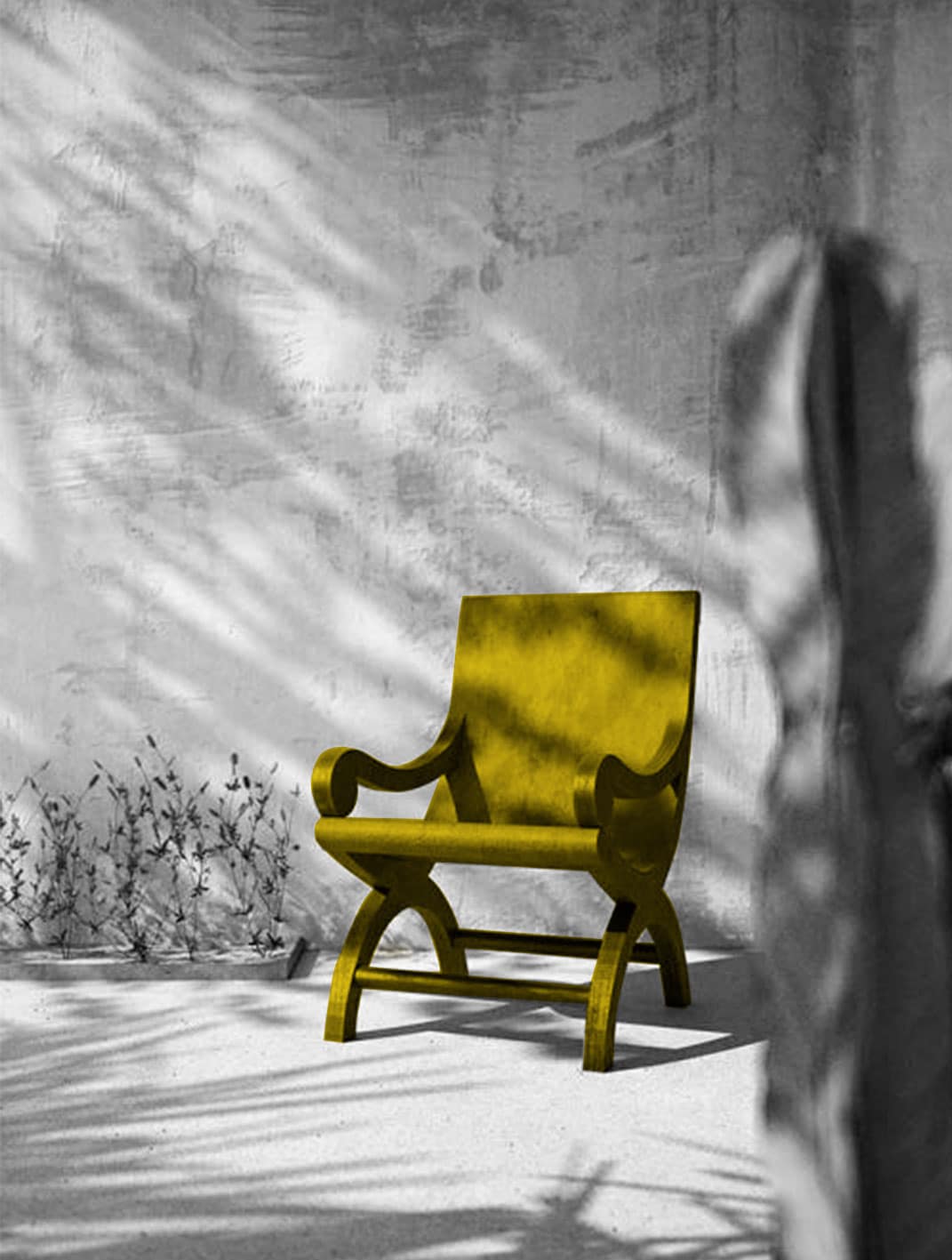INTERIOR
Emotional Architecture #Luis Barragán
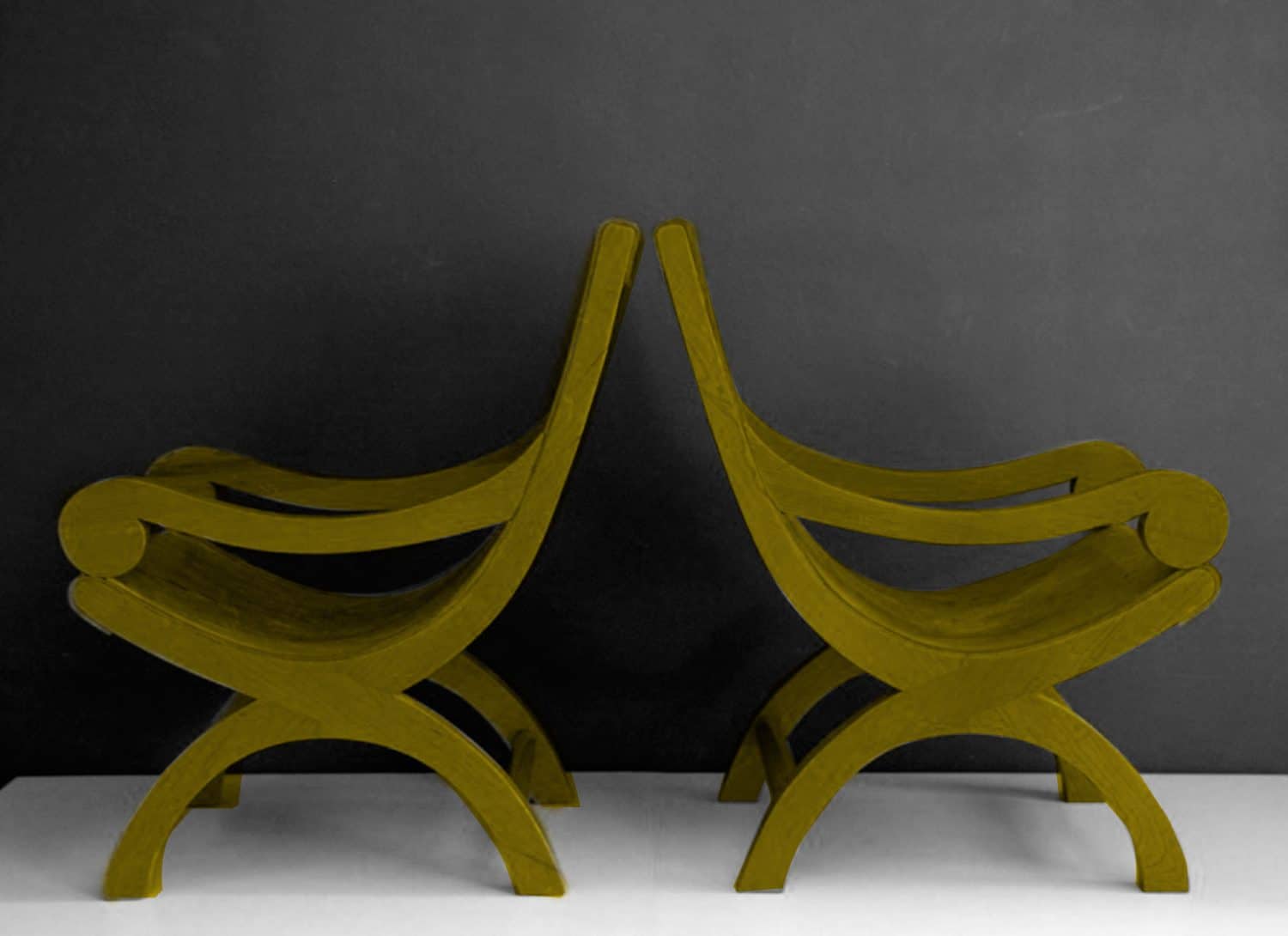
The architecture of the Mexican architect Luis Barragán, especially the one that he developed from 1945, is a piece of work that recreates for its user values of intimacy and calmness, but it is intended to be experienced with all the senses. Following Loos’ teaching and Mediterranean tradition, Barragán combined neuter, succinct and austere exteriors with warm and personal interiors, where his particular vision of convention and vernacular was tinged by a mysticism close to De Chirico’s surrealism.
In his interiors, Barragán used pure planes and volumes qualified by the vibration of filtered light, warm colours and the texture of plaster and wood, alongside other elements selected from his personal background: polychrome archangels and virgins, clay vessel used to distil tequila, rustic and sturdy furniture based on the one seen in his native Guadalajara, pieces by Mexican artists such as Diego Rivera, Chucho Reyes Ferreira or his usual collaborator Mathias Goeritz, but also by European artist close to Barragán’s idiosyncrasy such as Josef Albers.
Nostalgia is the poetic awareness of our personal past, and since the artist’s own past is the mainspring of his creative potential, the architect must listen and heed his nostalgic revelations.Luis Barragán, Pritzker acceptance speech (read by Edmundo O’Gorman), 1980
Barragán’s furniture, designed for specific projects and built by local woodworkers, has the same authenticity, simplicity of form and tactility of materials featured by his architecture. The Miguelito armchair, made of leather and juniper wood, vernacular and cosy, is a recurring element in his work since it was designed for Barragán’s house in Tacubaya. At the same time, his built-in furniture (and also the masterful flight of stairs leading to his studio) levitate over the floor and protrude out the walls in an exercise that combines rough timber with Neoplasticist lightness, thus defining the architectural space.
